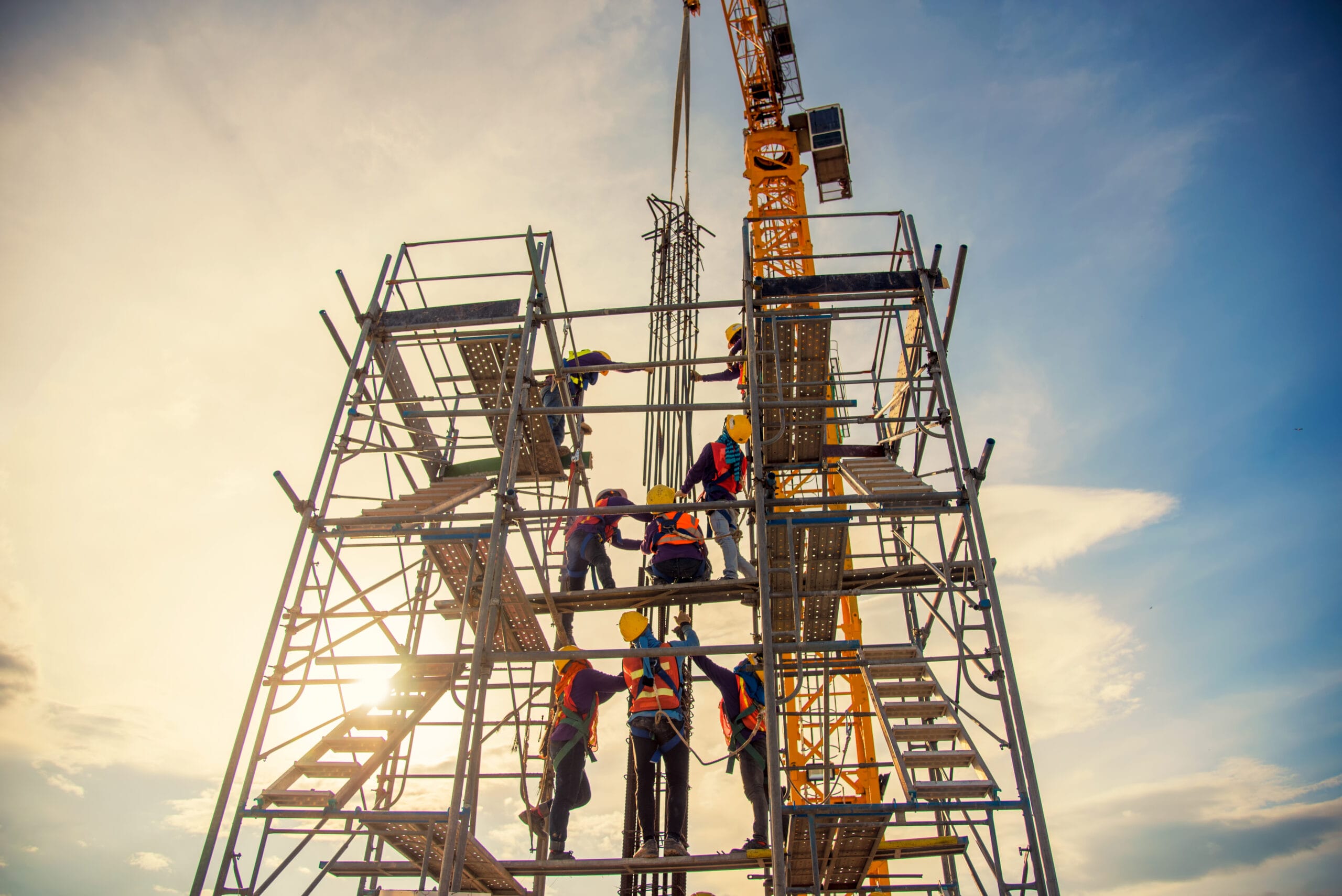Many construction workers perform their tasks at elevated heights with the use of scaffolds. Critically, under New York’s Scaffold Law, property owners and general contractors can incur absolute liability for any gravity-related accidents that arise due to a failure to comply with the safety requirements outlined. If a worker is hurt in a gravity-related accident, a property owner or contractor can be held liable for their injuries if it found that proper safety protection wasn’t provided, or adequate safety measures weren’t in place — regardless of fault.
What are the Requirements of New York’s Scaffold Law?
Section 240 of New York Labor Law, also referred to as the “Scaffold Law,” is meant to protect workers from accidents related to elevation, such as falls or falling objects. It mandates that owners and contractors provide adequate safety protection to workers carrying out their job duties at heights, whether their tasks involve a scaffold, ladder, or other elevated surface. The statute protects carpenters, bricklayers, electricians, roofers, painters, window washers, cable repair workers, and many other types of workers on job sites.
Specifically, the required safety devices that are specified under the Scaffold Law include the following:
- Scaffolding
- Ladders
- Hoists
- Stays
- Slings
- Hangers
- Pulleys
- Braces
- Blocks
- Irons
- Ropes
- Other devices that provide the necessary protection
The Scaffold Law applies to a wide range of construction activities, including demolition, cleaning, painting, altering, repairing, erecting, and pointing of a building. The safety devices provided must be in good working condition and placed properly to give the worker the protection they need to do their job safely.
What is Absolute Liability in a Scaffold Accident?
New York’s Workers’ Compensation laws bar a worker from suing their employer for an injury sustained on the job. But if a worker can show that a third-party’s negligence caused the accident, they may be entitled to pursue monetary recovery beyond Workers’ Compensation benefits by filing a personal injury action. Importantly, the Scaffold Law imposes “absolute liability” on contractors and property owners. In cases involving a violation of the Scaffold Law, negligence does not need to be proven — an injured worker only needs to establish that a violation of the statute occurred.
Simply put, “absolute liability,” also known as strict liability, means that an owner or contractor can be held liable for a worker’s height-related injuries regardless of negligence or carelessness. To prevail in a personal injury lawsuit for a height-related construction accident, a worker must simply show that the owner or contractor failed to provide them with the proper safety equipment. Liability is assumed if the injury was the proximate cause of the violation of the Scaffold Law.
Compensation for a Scaffold Accident
A worker who suffered a fall or other gravity-related injury due to a lack of protective equipment may sustain serious injuries, including broken bones, traumatic brain injury, paralysis, lifelong disability, or even fatality. If a worker can show that absolute liability should be applied in their case, they may be entitled to recover a wide range of damages in a personal injury lawsuit.
The economic damages that may be awarded can include unreimbursed medical expenses, lost wages, future lost earnings, out-of-pocket costs, and other pecuniary losses. Non-economic damages are meant to cover the pain and suffering a worker experienced in connection with their injuries, such as their physical pain, loss of enjoyment of life, and emotional anguish — in a height-related construction accident, these damages are often substantial. In certain cases where it can be shown that the defendant’s conduct was particularly egregious, a worker might be able to recover punitive damages. This category of damages is meant to both serve as a deterrent and punish the defendant for their wrongful actions.
Contact an Experienced New York Personal Injury Attorney
If you were injured in a gravity-related construction accident, it’s crucial to have a personal injury attorney by your side who can work to obtain the maximum compensation you deserve. Due to our knowledge and experience, The Edelsteins, Faegenburg & Blyakher LLP regularly obtains substantial settlements and jury verdicts for construction workers who have been injured due to Labor Law violations. Located in Manhattan, our firm has been handling personal injury cases throughout New York City since 1937. Call to schedule a free consultation at (212) 425-1999 today.

